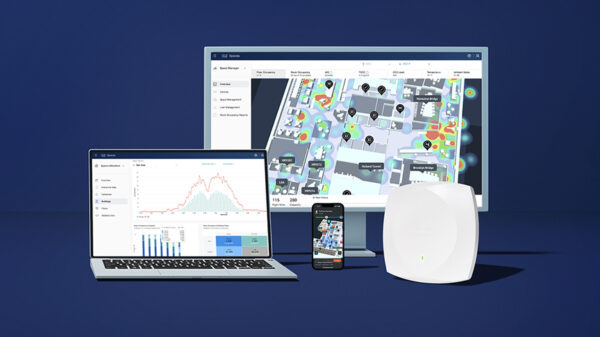The second quarter of 2017 saw sophisticated threat actors unleash a wealth of new and enhanced malicious tools, including three zero-day exploits and two unprecedented attacks: WannaCry and ExPetr. Expert analysis of the last two suggests the code may have escaped into the wild before it was fully ready, an unusual situation for well-resourced attackers. These and other trends are covered in Kaspersky Lab’s latest quarterly threat intelligence summary.
The months from April to end June witnessed significant developments in targeted attacks by, among others, Russian-, English-, Korean-, and Chinese-speaking threat actors.
These developments have far-reaching implications for business IT security: sophisticated malicious activity is happening continuously almost everywhere in the world, increasing the risk of companies and non-commercial organizations becoming collateral damage in cyber warfare.
The allegedly nation-state backed WannaCry and ExPetr destructive epidemics, whose victims included many companies and organization across the globe, became the first but most likely not the last example of the new, dangerous trend.
Highlights in Q2, 2017 include:
- Three Windows zero-day exploits being used in-the-wild by the Russian-speaking Sofacy and Turla threat actors. Sofacy, also known as APT28 or FancyBear, deployed the exploits against a range of European targets, including governmental and political organizations. The threat actor was also observed trying out some experimental tools, most notably against a French political party member in advance of the French national elections.
- Gray Lambert – Kaspersky Lab has analyzed the most advanced toolkit to date for the Lamberts group, a highly sophisticated and complex, English-speaking cyberespionage family. Two new related malware families were identified.
- The WannaCry attack on 12 May and the ExPetr attack on 27 June. While very different in nature and targets, both were surprisingly ineffective as ‘ransomware’. For example, in the case of WannaCry, its rapid global spread and high profile put a spotlight on the attackers’ Bitcoin ransom account and made it hard for them to cash out. This suggests that the real aim of the WannaCry attack was data destruction. Kaspersky Lab’s experts discovered further ties between the Lazarus group and WannaCry. The pattern of destructive malware disguised as ransomware showed itself again in the ExPetr attack.
- ExPetr, targeting organizations in the Ukraine, Russia and elsewhere in Europe also appeared to be ransomware but turned out to be purely destructive. The motive behind the ExPetr attacks remains a mystery. Kaspersky Lab’s experts have established a low confidence link to the threat actor known as Black Energy.
“We have long maintained the importance of truly global threat intelligence to aid defenders of sensitive and critical networks. We continue to witness the development of overzealous attackers with no regard for the health of the Internet and those in vital institutions and businesses who rely on it on a daily basis. As cyberespionage, sabotage, and crime run rampant, it’s all the more important for defenders to band together and share cutting-edge knowledge to better defend against all threats,” said Juan Andres Guerrero-Saade, Senior Security Researcher, Global Research and Analysis Team, Kaspersky Lab.
The Q2 APT Trends report summarizes the findings of Kaspersky Lab’s subscriber-only threat intelligence reports. During the second quarter of 2017, Kaspersky Lab’s Global Research and Analysis Tam created 23 private reports for subscribers, with Indicators of Compromise (IOC) data and YARA rules to assist in forensics and malware-hunting.
















































































































